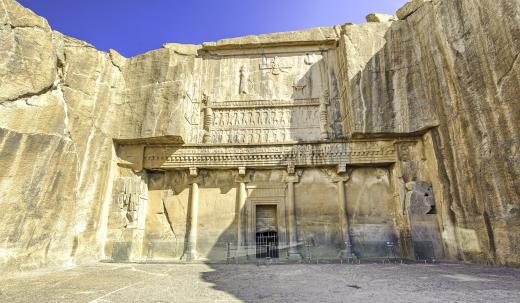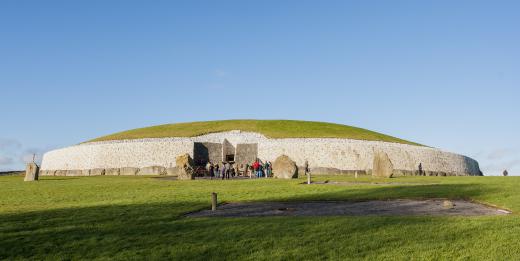What Are the Different Archaeological Methods?
Archaeological methods are the techniques employed by archaeologists to study past human civilizations. In the 21st century, the different methods of archaeology include high-tech analysis of archaeological sites with magnetic equipment, electrical sensors, and even satellite photography. Specialized methods such as underwater archaeology, urban archaeology and rescue archaeology are employed for sites in unusual locations. The most common archaeological methods, however, involve the slow removal of relics, remains and other evidence from sites that have been buried for hundreds or thousands of years. This technique, called excavation, is often done by hand and involves rigorously scientific protocols.
Numerous human civilizations existed before the dawn of recorded history, and even some more recent societies left little record of their beliefs, histories or lifestyles. All civilizations, however, leave behind physical evidence, including structures and foundations, waste from cities or agricultural areas, and burial items or other artifacts. Archaeological methods have been refined over the decades to uncover as much data as possible about the societies that left this evidence. In the past, archaeology was sometimes performed without the consent of local populations, often at the behest of occupying imperial nations. In modern times, archaeologists attempt to honor the laws of their host governments and any connections these cultures may have with ancient societies, a method called cultural resource management.

The archaeological methods used in a given instance often depend on the location of the site. For sites located within modern cities, for example, urban archaeology is employed; this method involves disturbing the surrounding businesses and homes as little as possible, and coordinating efforts with city governments to protect the site during survey and excavation. If a site is in imminent danger of being destroyed by development, archaeologists will use a more rapid method called rescue archaeology. Underwater archaeology requires scientists to be familiar with diving and submersible equipment, as well as the effects of water on soil and artifacts. Retrieving evidence from a buried site, perhaps the most well known archaeological method, is called geoarchaeology.

Archaeologists will often examine a likely site through aerial or satellite photography, which can reveal patterns or structures not evident from ground level. Further examination may involve ground penetrating radar, electrical sensors, and magnetic devices such as metal detectors. The method for unearthing a buried site is called excavation; unfortunately, this has the effect of destroying the site. Since so much important information involves the physical location of artifacts, archaeologists will only start excavations after other methods of gathering information have been exhausted. For example, DNA testing of existing local populations can provide information about whether an ancient society died out, migrated or remained in place.
Excavation has its own set of well-defined archaeological methods. Archaeologists will first create a grid and a detailed map called a site plan, so that every artifact’s location can be precisely documented. An object’s depth within various layers of soil can reveal its age, a process called stratification. Items can also be identified by the existence of similar objects, a method called typology, or by a chemical analysis of its age called radiocarbon dating. Archaeologists keep highly detailed written records, or notes, of any excavation; these notes may be used by future archaeologists to learn further details about the site.
AS FEATURED ON:
AS FEATURED ON:












Discussion Comments
What are the aims and methods of archaeological exploration?
Post your comments